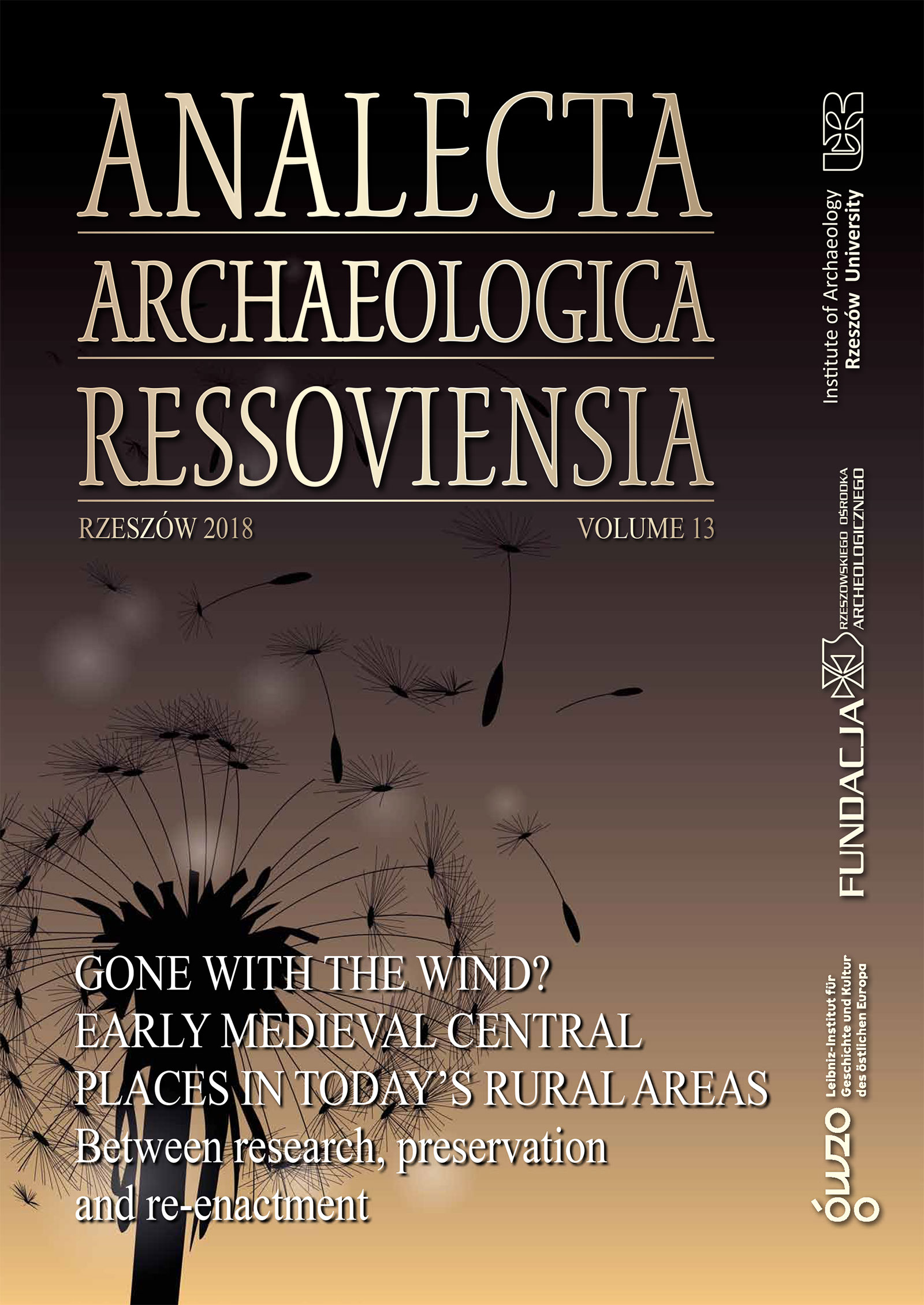Historical Cultural Spaces – Adaptation and Functioning. The Case of the Museum of the First Piasts at Lednica
DOI:
https://doi.org/10.15584/anarres.2018.13.14Keywords:
Early Middle Ages, strongholds of the early Piast dynasty, stone architecture, baptism of Mieszko I, ethnographic parkAbstract
Interest in Ostrów Lednicki started in the mid-19th century. In 1858–1874, information was gathered about its stone buildings, burials, rampart construction, bridges, and numerous other finds. On 12th March 1930, Ostrów Lednicki was entered into the Register of Historical Monuments. Today, a team of archaeologists working on the island discovers new data and processes the materials found (numerous monographs have been written about the discoveries). In 1982, a team for interdisciplinary studies on Ostrów Lednicki and its settlement complex was appointed. In 1989, the journal ‘Studia Lednickie’ (‘Lednica Studies’) was created, followed in 1991 by the publishing series entitled Biblioteka Studiów Lednickich (Library of Lednica Studies). In 1988, the Lednica Landscape Park was created with the view to protecting the monuments on the island and the landscape in the areas around Lake Lednica. New branches and specialist laboratories were established: the Greater Poland Ethnographic Park, the Giecz Early Piast Stronghold Archaeological Reserve, the Grzybowo Stronghold Archaeological Reserve, and the Archaeological Laboratory on Ostrów Radziński. The Museum organises exhibitions in Poland and abroad. It is also a scientific research institution, which popularises knowledge by publishing prospectuses, guides and brochures, producing films, offering museum lessons, and organising mass events.

